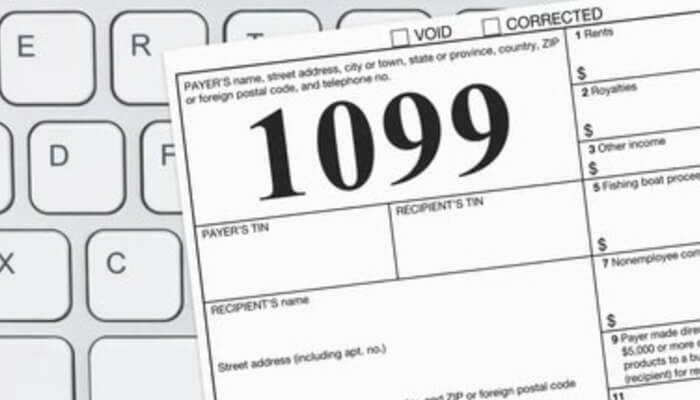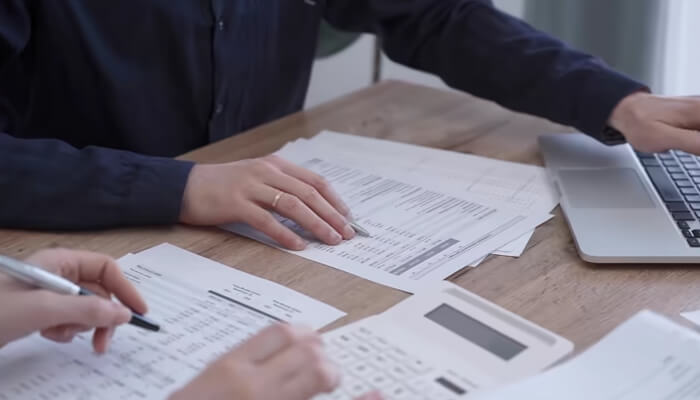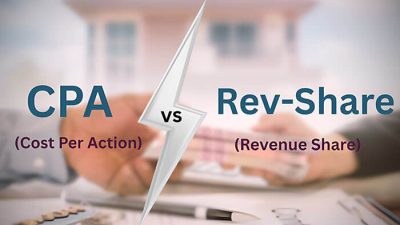So you’re freelancing in Texas, making decent money, and suddenly everyone’s asking about your 1099. Or maybe tax season hit and you’re staring at this form wondering if you filled it out wrong. Here’s what you actually need to know about these forms without all the tax jargon that makes your eyes glaze over.
The 1099 Basics Nobody Explains Right
A 1099 form is basically how companies tell the IRS “hey, we paid this person money but they’re not our employee.” That’s it. If you made more than $600 from any single client or company as a freelancer, contractor, or gig worker, they’re supposed to send you one of these.
Think of it like a W-2’s rebellious cousin. W-2s are for regular employees who get taxes taken out automatically. 1099s? That’s for independent folks like you who handle their own tax situation.
The most common one you’ll see is the 1099-NEC (Non-Employee Compensation). Used to be called 1099-MISC until 2020 when they decided to make things more confusing by splitting them up. If you’re doing freelance work – writing, design, driving for Uber, fixing someone’s plumbing as a contractor – you’re getting a 1099-NEC.
Texas Has No State Income Tax (But Don’t Get Too Excited)
Here’s where Texas freelancers catch a break – no state income tax. Zero. Zilch. While your California freelancer friends are crying into their overpriced lattes about state taxes, you’re keeping all that money… well, until the feds come calling.
But wait. Before you start celebrating, remember you still owe federal taxes. And self-employment tax. That’s the kicker most new freelancers don’t see coming.
Self-employment tax is 15.3% right off the top. Yeah, you read that right. When you worked for someone else, they paid half of your Social Security and Medicare taxes. Now you’re paying both halves. It’s roughly 15.3% of your net earnings, and it hurts the first time you calculate it.
When These Forms Actually Show Up
Companies have until January 31st to get you your 1099s. Some are super on top of it and send them out early January. Others? You’ll be refreshing your mailbox like it’s Black Friday deals until the last possible day.
You need to file your taxes by April 15th (unless you file an extension), but here’s the thing – you’re supposed to track this income whether you get a 1099 or not. The IRS knows about it. Trust me, they know.
Didn’t get a 1099 from someone who paid you $800? You still owe taxes on it. The $600 threshold is just for when companies are required to send the form. Your tax obligation starts at dollar one.
What Texas Freelancers Actually Need to Do
First thing – save 25-30% of everything you make. I know that sounds like a lot. It is a lot. But it’s better than scrambling in April when you realize you owe $5,000 and have $37 in your checking account.
Open a separate savings account just for taxes. Every time money hits your main account, transfer 30% over. Pretend it doesn’t exist. It’s not yours anyway – you’re just holding it for the IRS.
Track everything. And I mean everything. That coffee you bought while meeting a client? Write it off. Drove to a client meeting? Track those miles. Home office? Portion of your rent or mortgage. Your phone bill if you use it for work. Software subscriptions. That new laptop.
Texas might not have state income tax, but you can still reduce what you owe the feds by tracking legitimate business expenses. Just don’t go crazy and try to write off your entire life. The IRS isn’t stupid.
Quarterly Taxes Are a Thing (Unfortunately)
If you’re making decent money freelancing, you’re supposed to pay estimated taxes quarterly. April 15, June 15, September 15, and January 15. Yeah, those dates don’t make logical sense. Welcome to tax law.
Miss these and you might owe penalties. Though honestly? If it’s your first year freelancing and you’re not making huge money, the penalties are usually pretty small. Still worth avoiding if you can, but don’t panic if you’re just figuring this out in October.
The IRS wants you to pay at least 90% of what you’ll owe for the current year, or 100% of what you owed last year (whichever is smaller). There’s a form for calculating it (1040-ES), but most people just divide their expected tax bill by four and send that in quarterly.
The 1099-K Confusion
Started selling stuff on Etsy? Driving for DoorDash? You might get a 1099-K instead of (or in addition to) a 1099-NEC. This form reports payment card transactions and third-party network transactions.
The threshold for 1099-Ks keeps changing. Used to be you needed $20,000 in sales AND 200 transactions. Then they tried to lower it to $600. Now it’s in flux because everyone freaked out. Check the current year’s requirements because Congress can’t make up their mind.
But again – doesn’t matter if you get the form or not. Income is income. The IRS expects their cut.
Common Texas Freelancer Mistakes
People think because there’s no state income tax, they can be looser with record-keeping. Nope. The IRS is still watching, and they’re arguably more interested in you now that you’re self-employed.
Another mistake? Mixing personal and business money. Get a separate bank account for your freelance work. Makes tracking expenses way easier, and if you ever get audited (knock on wood), your life will be significantly less miserable.
Not saving receipts is another big one. You don’t need physical receipts for expenses under $75 (except lodging), but you need some kind of record. Bank statements work, but receipts are better. Take photos with your phone and dump them in a Google Drive folder. Takes two seconds.
What If You Screwed Up?
Forgot to pay quarterly taxes? You’ll owe a penalty, but it’s not the end of the world. Usually works out to a few percent extra. Annoying, but not devastating.
Didn’t track expenses well? Start now. Better to have good records for part of the year than none at all. The IRS is more forgiving when they see you’re trying to get it right.
Already spent your tax money? Payment plans exist. The IRS would rather get their money slowly than not at all. You’ll pay interest and fees, but it’s better than ignoring it and hoping it goes away. Spoiler: it won’t.
Software That Actually Helps
QuickBooks Self-Employed, FreshBooks, Wave (which is free) – pick one and use it. Linking your bank account and categorizing expenses as they come in beats scrambling through a shoebox of receipts in April.
For mileage tracking, MileIQ or Everlance work great. They run in the background and track your drives automatically. Just swipe to categorize them as business or personal.
TurboTax Self-Employed or FreeTaxUSA can handle your tax filing. FreeTaxUSA is way cheaper and works just as well unless you have some complicated situation.
The Bottom Line for Texas Freelancers
Yeah, 1099 taxes are more complicated than W-2 taxes. You’re running a business now, even if it doesn’t feel like it. The good news? You’re in Texas, so you’re already ahead of freelancers in most other states.
Save 30% of everything. Track your expenses religiously. Pay quarterly if you’re making decent money. Don’t panic if you mess up – there’s always a way to fix it, even if it costs a bit extra.
The 1099 life in Texas means more responsibility but also more control. You can write off business expenses, set your own rates, and keep all your state income tax (because there isn’t any). Just stay on top of the federal obligations and you’ll be fine.





